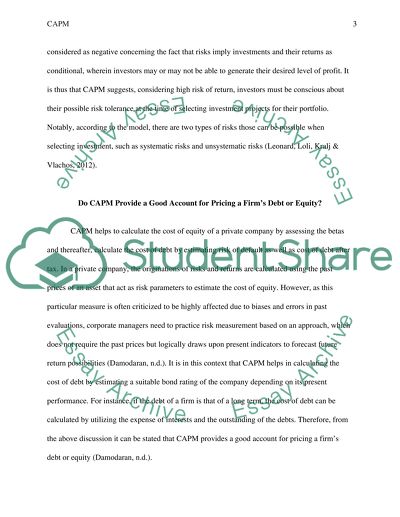Cite this document
(“CAPM Assignment Example | Topics and Well Written Essays - 1000 words - 1”, n.d.)
CAPM Assignment Example | Topics and Well Written Essays - 1000 words - 1. Retrieved from https://studentshare.org/finance-accounting/1679038-capm
CAPM Assignment Example | Topics and Well Written Essays - 1000 words - 1. Retrieved from https://studentshare.org/finance-accounting/1679038-capm
(CAPM Assignment Example | Topics and Well Written Essays - 1000 Words - 1)
CAPM Assignment Example | Topics and Well Written Essays - 1000 Words - 1. https://studentshare.org/finance-accounting/1679038-capm.
CAPM Assignment Example | Topics and Well Written Essays - 1000 Words - 1. https://studentshare.org/finance-accounting/1679038-capm.
“CAPM Assignment Example | Topics and Well Written Essays - 1000 Words - 1”, n.d. https://studentshare.org/finance-accounting/1679038-capm.


